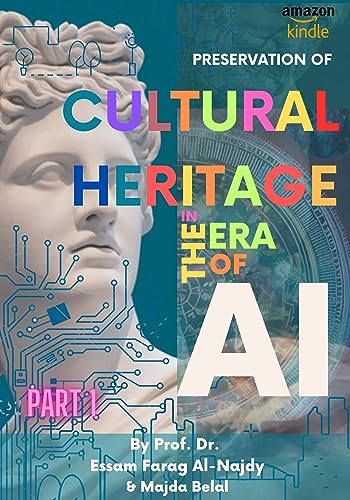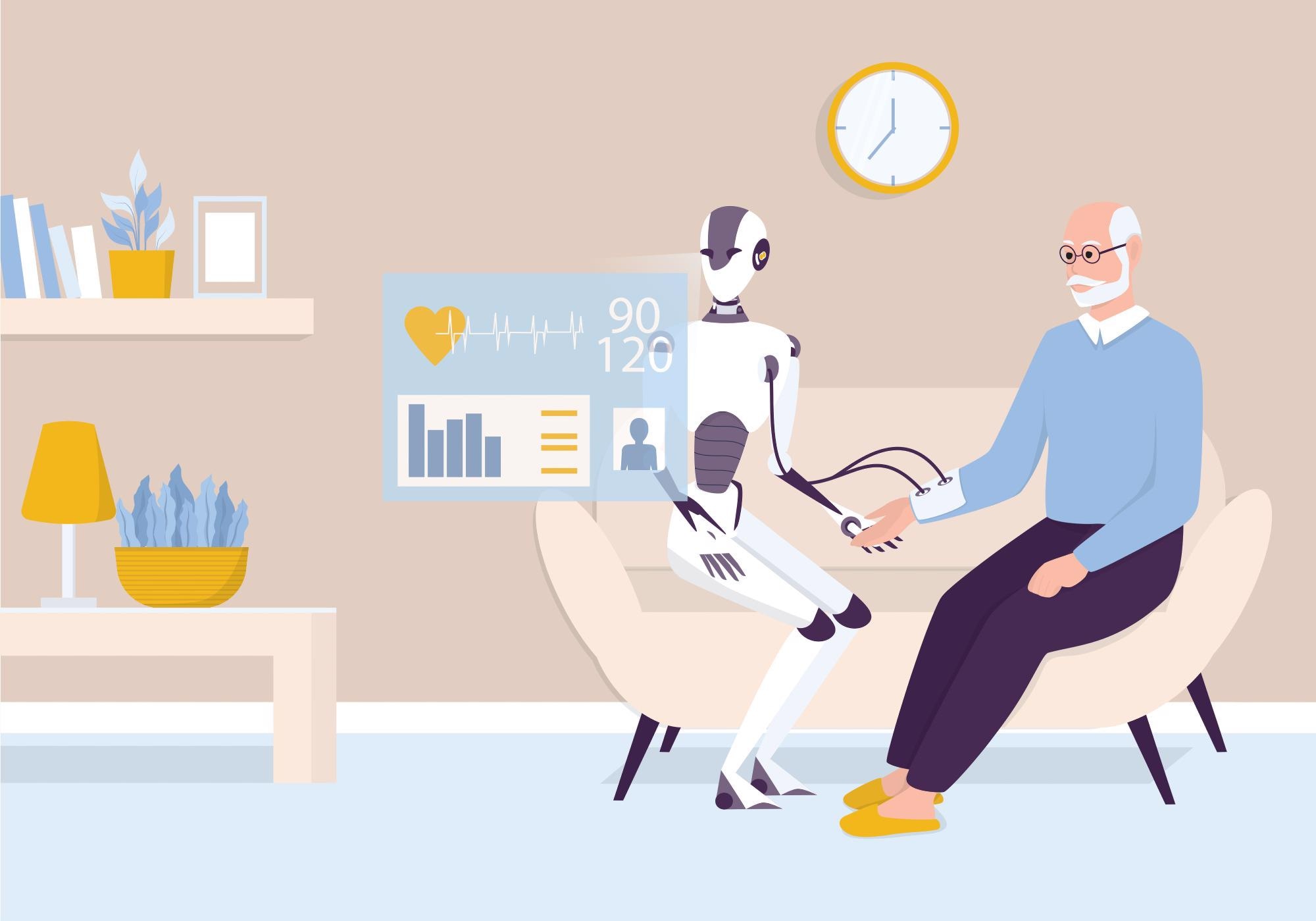In a world fraught with natural disasters, armed conflicts, and public health crises, the role of technology in humanitarian aid has never been more critical. Artificial Intelligence (AI) is emerging as a powerful tool to enhance the efficiency and effectiveness of humanitarian efforts in crisis zones. This blog post explores how AI is transforming the landscape of humanitarian aid and the various ways it is being utilized to provide assistance when it’s needed the most.
Introduction
Humanitarian aid organizations have been working tirelessly for decades to alleviate the suffering of people in crisis zones, be it due to natural disasters like earthquakes and floods, armed conflicts, or public health emergencies such as pandemics. However, the challenges they face are immense, from logistical hurdles to resource constraints. In these dire situations, AI is emerging as a game-changer, offering innovative solutions to age-old problems.
- Predicting Natural Disasters
One of the most significant contributions of AI in humanitarian aid is its ability to predict natural disasters with greater accuracy. Machine learning algorithms can analyze vast amounts of data, including weather patterns, seismic activity, and historical disaster data, to provide early warnings. These warnings allow communities to evacuate and prepare, potentially saving countless lives.
For instance, NASA’s Earth Science Division utilizes AI to predict hurricanes and monitor their paths. This technology helps authorities make informed decisions about evacuations and resource allocation. Similarly, AI-driven flood prediction models can provide vital information to communities living in flood-prone areas, enabling them to take necessary precautions.
- Optimizing Resource Allocation
Resource allocation during humanitarian crises is a complex puzzle. AI helps humanitarian organizations make data-driven decisions on where to deploy resources, such as food, water, medical supplies, and personnel. By analyzing real-time data from various sources, AI can identify the areas most in need and recommend the most efficient distribution routes.
The World Food Programme (WFP) has successfully used AI to optimize food distribution in refugee camps. By considering factors like population size, nutritional needs, and supply chain constraints, AI algorithms can ensure that aid reaches those who need it most, reducing waste and improving the overall impact of assistance.
- Enhancing Healthcare in Remote Areas
In crisis zones where healthcare infrastructure is limited or disrupted, AI-powered telemedicine and diagnostic tools play a crucial role in providing medical assistance. AI-driven chatbots and mobile apps can offer medical advice and triage patients, helping healthcare professionals focus on critical cases.
Additionally, AI can aid in disease outbreak detection and monitoring. During the Ebola outbreak in West Africa, AI algorithms analyzed social media and news reports to track the spread of the disease and identify areas at risk. This real-time information allowed health agencies to respond swiftly and deploy resources where they were most needed.
- Improving Refugee Assistance
The global refugee crisis presents unique challenges, and AI is being used to address them. Language barriers often hinder communication between aid workers and refugees. AI-powered translation tools can bridge this gap, facilitating communication and ensuring that refugees receive the information and assistance they need.
Moreover, AI can assist in refugee resettlement efforts. Algorithms can match refugees with available resources and opportunities, such as housing, education, and job placements, based on their skills and needs. This not only streamlines the resettlement process but also empowers refugees to rebuild their lives more effectively.
- Disaster Response and Recovery
When a disaster strikes, rapid response is essential. AI-powered drones and robots can navigate through dangerous and inaccessible areas to assess damage and locate survivors. These machines are equipped with sensors and cameras that provide real-time data to rescue teams, helping them prioritize their efforts.
Additionally, AI can assist in post-disaster recovery by analyzing satellite imagery to assess infrastructure damage. This information aids in planning reconstruction efforts and allocating resources efficiently. For example, after the earthquake in Nepal in 2015, AI was used to analyze satellite data to identify damaged buildings and roads, expediting the rebuilding process.
Challenges and Ethical Considerations
While AI offers immense potential in humanitarian aid, it also presents challenges and ethical considerations. Privacy concerns, data security, and the potential for algorithmic bias are critical issues that must be addressed. Moreover, the deployment of AI in crisis zones should prioritize the protection and well-being of affected populations.
In conclusion, AI is reshaping the landscape of humanitarian aid by providing innovative solutions to long-standing challenges. From predicting natural disasters to optimizing resource allocation and enhancing healthcare, AI is proving to be a valuable ally in the efforts to save lives and alleviate suffering in crisis zones. However, it is essential to approach the use of AI in humanitarian aid with caution, ensuring that it aligns with ethical principles and safeguards the rights and dignity of those in need. As technology continues to advance, so too will its potential to transform and improve the effectiveness of humanitarian efforts around the world.





